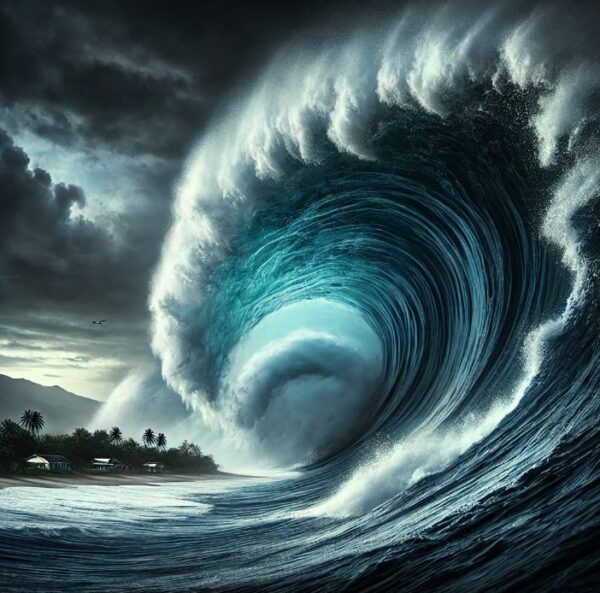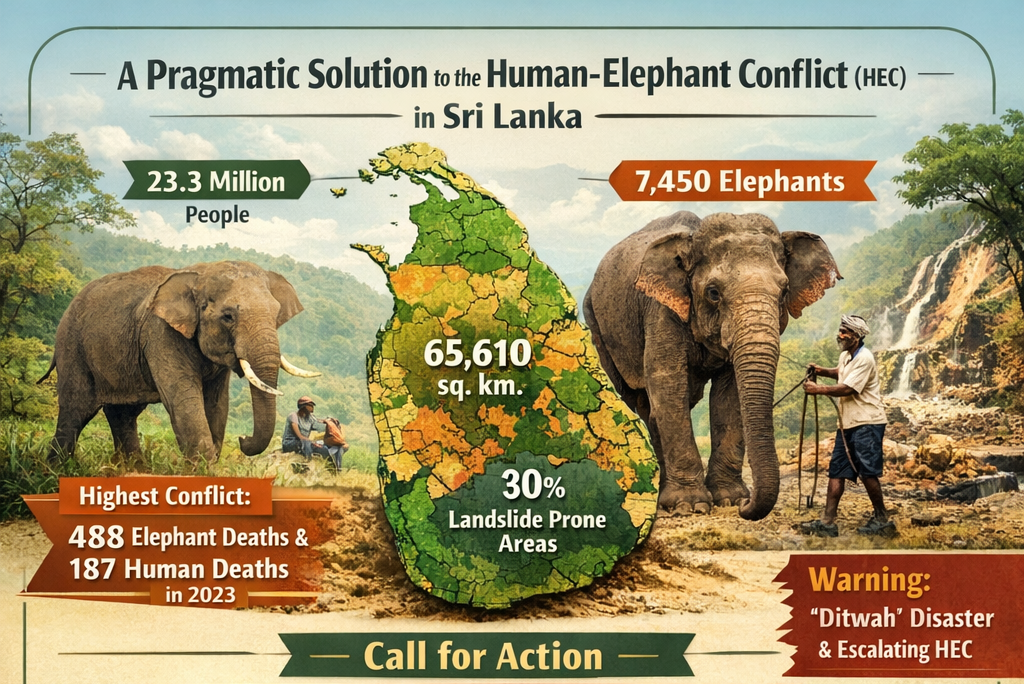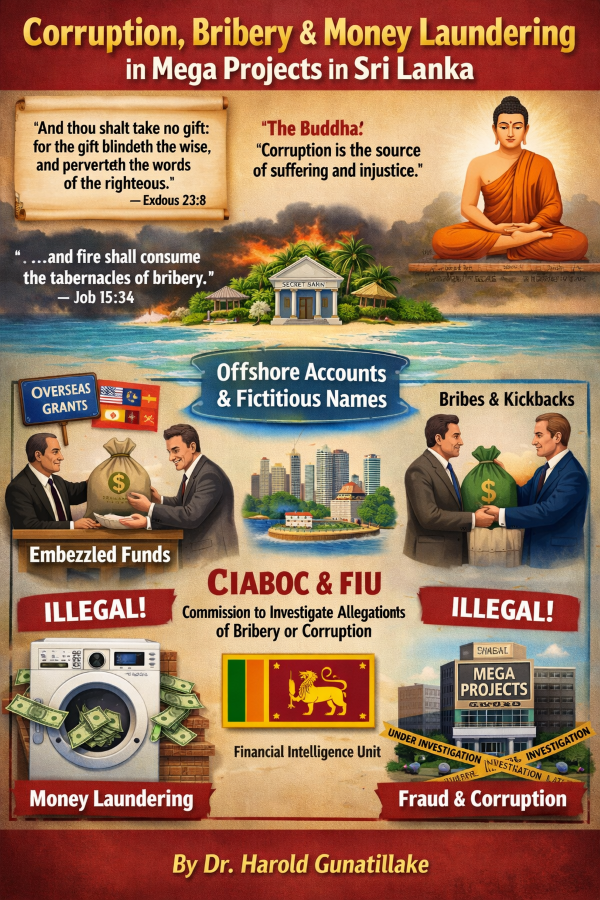Understanding Tsunamis: Nature’s Powerful Ocean Waves – By Bhanuka – eLanka

A tsunami is one of nature’s most powerful and destructive forces, capable of reshaping coastlines and causing widespread devastation. It is a series of large waves generated by sudden disturbances in large bodies of water, typically oceans or seas. These disturbances are usually caused by undersea earthquakes, volcanic eruptions, landslides, or even meteorite impacts. Unlike regular ocean waves formed by wind, tsunamis are caused by the displacement of massive amounts of water, making them far more dangerous.
The primary cause of tsunamis is underwater seismic activity. When tectonic plates shift along fault lines, the sudden movement can displace enormous volumes of water, creating waves that travel outward in all directions. Volcanic eruptions can also generate tsunamis, particularly when the explosion or collapse of a volcano forces water outwards. Landslides, either underwater or along coastlines, contribute to tsunamis by pushing water with immense force. Though rare, large meteorite impacts in oceans can cause waves of catastrophic proportions.
Tsunamis are unique in their characteristics. In deep water, they travel at speeds of up to 800 kilometers per hour, making them as fast as a commercial jet. Their wavelengths can stretch hundreds of kilometers, making them almost imperceptible in open seas. However, as they approach shallow coastal waters, their speed decreases, and their height increases dramatically, transforming into towering walls of water capable of inundating vast areas.
The effects of a tsunami can be devastating. Entire coastal communities can be wiped out within minutes of the waves’ arrival. The sheer force of the water can destroy buildings, uproot trees, and erode landscapes. Loss of life is often significant due to the speed and unpredictability of the waves, leaving little time for evacuation. Beyond the immediate impact, tsunamis leave long-term economic and environmental damage, disrupting livelihoods and ecosystems for years.
Preparing for tsunamis is crucial in minimizing their impact. Early warning systems play a vital role, using seismic data and ocean monitoring to detect potential tsunamis and issue timely alerts. Coastal communities need clear evacuation routes and plans to guide residents to safety. Education and awareness are essential, teaching people to recognize warning signs like unusual ocean behavior or rapidly receding water. Building infrastructure that can withstand flooding and creating elevated shelters can also save lives during such events.
History has shown the devastating potential of tsunamis. The 2004 Indian Ocean tsunami, triggered by a 9.1 magnitude earthquake, claimed over 230,000 lives across 14 countries, making it one of the deadliest natural disasters in recorded history. Similarly, the 2011 Tohoku tsunami in Japan caused widespread destruction and led to the Fukushima nuclear disaster, demonstrating the far-reaching consequences of such events.
Tsunamis are a reminder of nature’s immense power and the vulnerability of human settlements along coastlines. While they cannot be prevented, understanding their causes and behavior, combined with proper planning and preparedness, can significantly reduce their impact. Through global cooperation, education, and the advancement of technology, we can work toward mitigating the risks associated with these formidable natural phenomena.




















